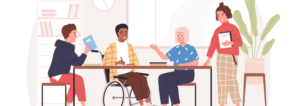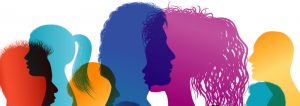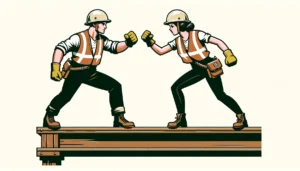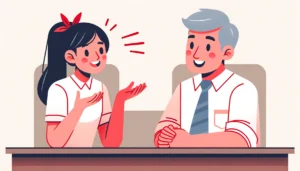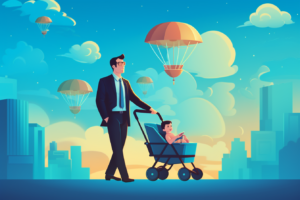The People with Disabilities Network at P&G
- 5 Min Read
HRD Connect spoke with Sam Latif, Special Consultant for Inclusive Design at Procter & Gamble about the companies’ attitudes towards the disabled employees within their workplace.
- Author: Emily Sexton-Brown
- Date published: Aug 28, 2018
- Categories
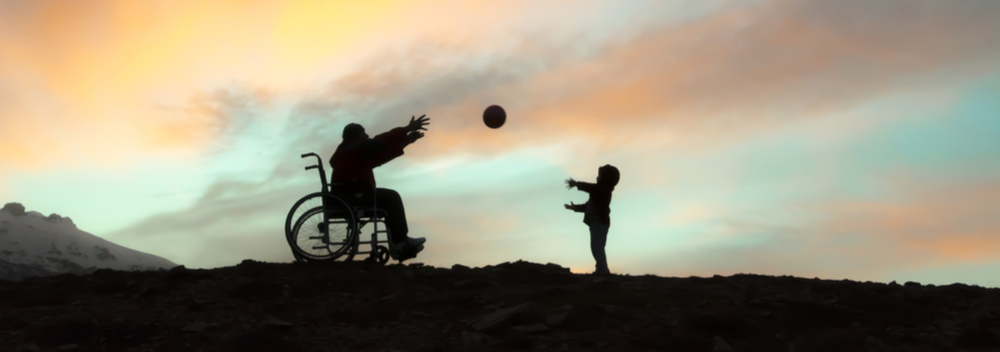
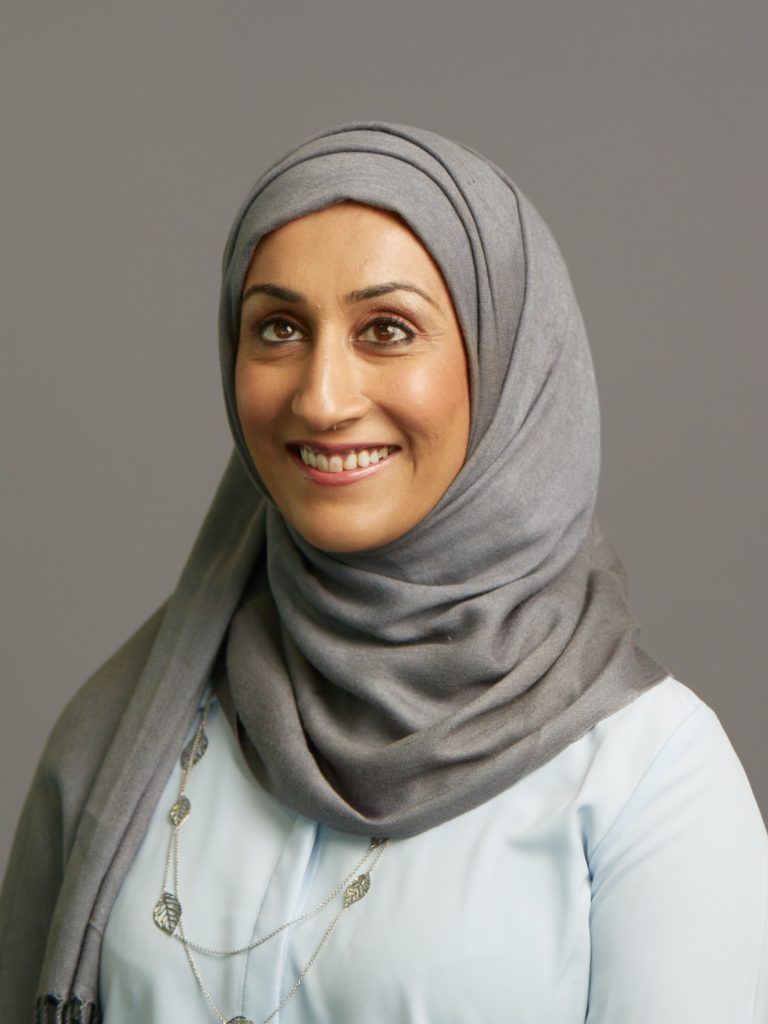
In the UK alone there are 13.9 million disabled people, of which 19% of working age adults are disabled, and 45% of pension age adults are disabled. This is a considerable amount of the working demographic, yet their needs are consistently not being met.
We spoke with Sam Latif, Special Consultant for Inclusive Design at Proctor & Gamble (P&G) about how she personally got involved in the disability network at P&G and specifically how disabled employees are supported within P&G.
Can you explain what the P&G disability network is, and how it was founded?
At P&G, we value diversity including disability diversity. We founded The People with Disabilities (PWD) Network 38 years ago when the US enacted the Americans with Disabilities Act. We are a global group of P&G employees who have disabilities. We share with each other and with colleagues the ‘coping strategies’ that help us in our daily work to enable fellow people with disabilities to perform better in the workplace and to enable managers and colleagues to become disability confident.
“At P&G, we value diversity including disability diversity.”
Our PWD Network promotes the inclusion of our workforce and consumers by enabling our employees with disabilities and disabled dependents to perform at their peak. We also leverage their diversity to influence company strategies on things like inclusive product development and inclusive advertising.
When did you become the global leader?
I expanded the network into Europe in 2014 and I started leading the network globally in 2017. The network consists of 600+ people including People with a Disability, employees with Disabled Dependants, Allies (supporters of the cause) & friends of People with Disabilities.
How supported are disabled employees at P&G?
I personally feel extremely supported and more importantly able to input into how the company decides to manage fellow employees with similar and different disabilities to mine. As disabled employees, we have routine global calls to discuss how to make P&G more diverse and inclusive by making suggestions based on our own experiences with our particular disabilities.
“I would like companies to recruit, develop and grow people with disabilities.”
Everyone at P&G wants to do the right thing. We have had passionate people welcoming and taking part in activities, which help to raise awareness and empathy about better understanding the challenges and opportunities for PWD. Last year, we had over 15 sites including plants and our offices that took part in a “Dine in the Dark” event, which enabled our staff to dine with low vision, making them realise how challenging a simple task like eating can be if you have low vision.
The response from our employees was terrific, and as a result of this event, a significant number of employees joined our network. It’s only by understanding the challenges that people with disabilities face on a daily basis that we can all learn how best to enable everyone to perform at their peak. The network connects people to others with similar stories to themselves, be they an employee with a disability, an employee with a disabled dependant or an ally. These connections create a sense of community and support, which is absolutely wonderful to see.
What do you think are the biggest challenges faced by disabled employees?
Unconscious Bias, Lack of empathy and people presuming a person cannot do a job due to their disability.
Do you think disabled employees sometimes get pigeonholed? Making it difficult to address individual needs?
Perhaps, but with the global nature of P&G’s PWD network, disabled employees realise there is strength in numbers and feel more relaxed about the particular challenges, which they face every day in the workplace. They also feel they can share more broadly to help others.
What changes would you like to see in the future when managing disabled employees?
I would like companies to recruit, develop and grow people with disabilities – having similar targets at all levels just like we do for gender and other diversity areas.
“The first step is to make our workforce disability confident.”
I think it is important to leverage the strengths of PWD. We should recognise that being disabled is often a source of core skills- in my daily life I solve loads of problems that come up because the world is not designed for blind people. I’d prefer not to have to but it does make me a default problem-solver; not much fazes me.
The first step is to make our workforce disability confident. Only when we are comfortable with disability and start to understand people can we successfully create the opportunities for people and value difference.
The fact that P&G’s PWD network exists makes me feel comfortable that someone very senior ‘has our back’. Because of that we can make recommendations that are usually followed up on.


